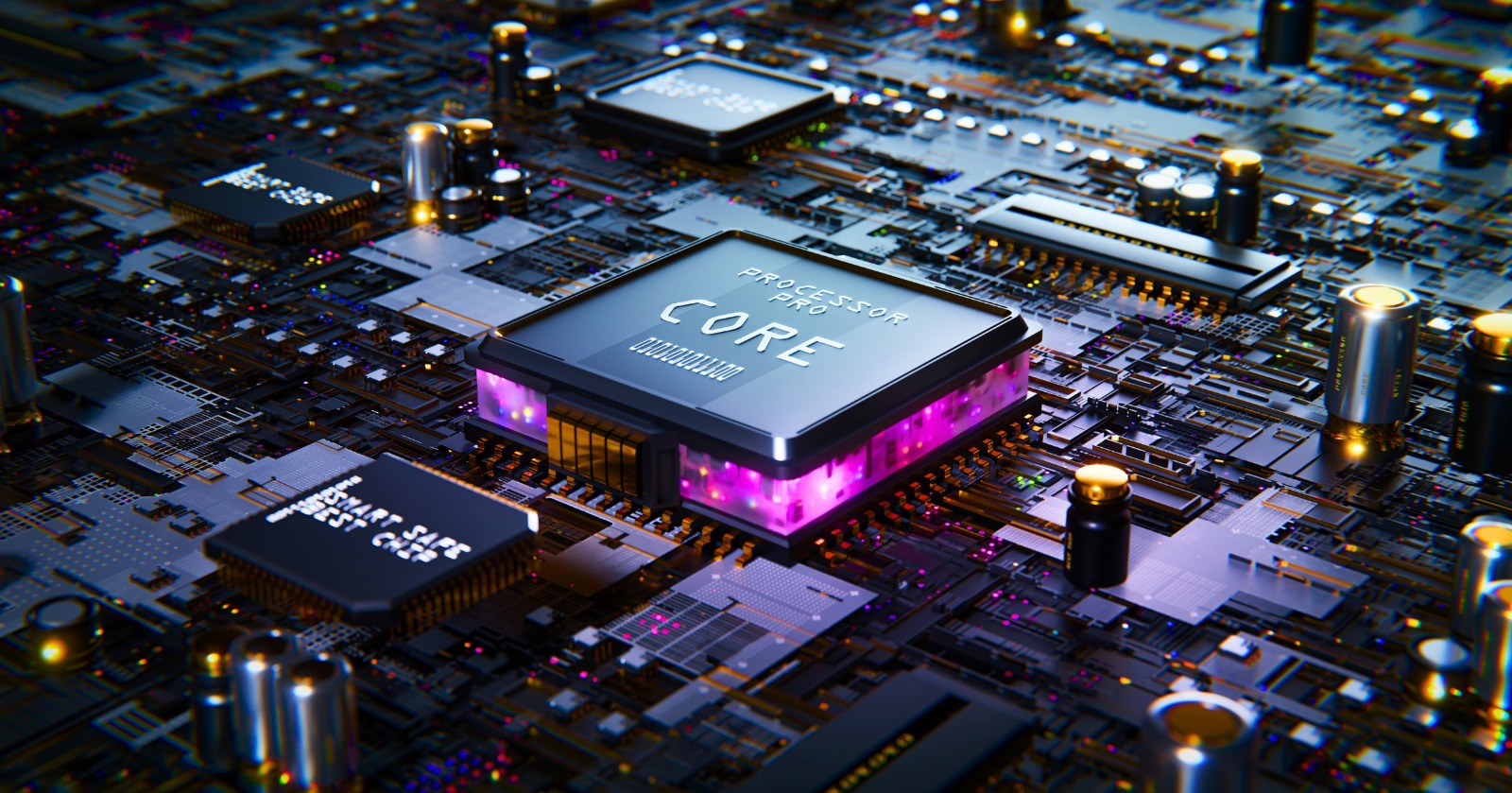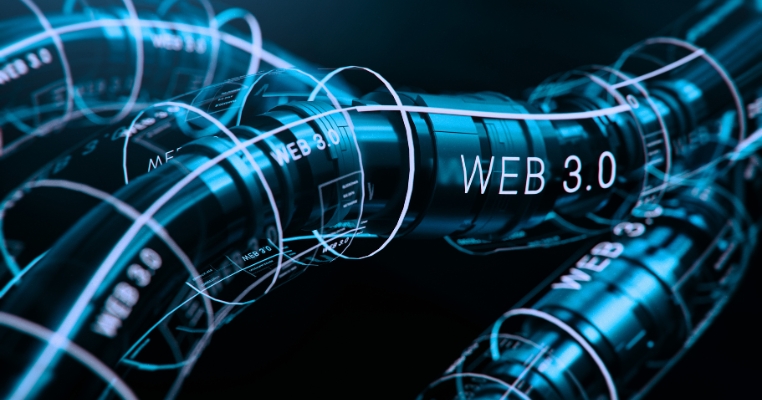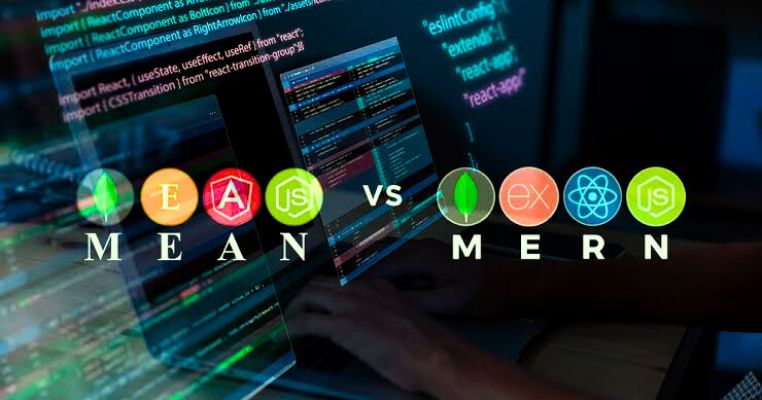In modern technology, especially in fields like artificial intelligence (AI), machine learning (ML), and high-performance computing, specialized processors have revolutionized how we approach complex tasks. Among these processors, GPUs and NPUs have gained significant attention. While both are designed to accelerate computing performance, they cater to different needs.
What is a GPU (Graphics Processing Unit)?
A GPU is a specialized processor primarily designed for rendering graphics and handling parallel computations. Initially developed to accelerate the rendering of images and videos for gaming and graphic-intensive applications, GPUs have evolved into versatile hardware capable of much more. Today, GPUs are widely used in fields such as AI, deep learning, scientific simulations, and data analysis, due to their ability to perform multiple operations simultaneously, making them ideal for tasks that require high levels of parallelism.
Key Features of GPUs:
- Parallel Processing: GPUs are designed to handle multiple tasks at the same time by utilizing thousands of smaller processing cores. This makes them particularly efficient for tasks that can be parallelized.
- High Throughput: GPUs are capable of executing many operations per second, making them excellent for data-heavy computations like training deep learning models.
- Graphics and Visualization: Beyond AI, GPUs are essential in fields such as video games, 3D rendering, and any other application that requires fast and efficient graphics processing.
What is an NPU (Neural Processing Unit)?
An NPU, or Neural Processing Unit, is a specialized processor designed to accelerate AI and machine learning tasks, particularly those involving neural networks. NPUs are optimized for deep learning tasks such as image and speech recognition, natural language processing, and real-time inference. Unlike GPUs, which are general-purpose processors capable of handling a wide range of tasks, NPU’s are tailored for the specific needs of AI workloads.
Key Features of NPUs:
- Optimized for AI Workloads: NPUs are specifically built to execute neural network operations efficiently, such as matrix multiplication, convolutions, and activation functions.
- Energy Efficiency: NPUs are designed to be more energy-efficient than GPUs for AI-specific tasks, making them ideal for mobile devices, embedded systems, and edge computing.
- Real-Time AI Processing: NPU’s can perform AI inference tasks on-device, enabling real-time responses for applications like facial recognition, autonomous driving, and voice assistants.
Key Differences Between NPU and GPU
When it comes to choosing between an NPU and a GPU, it’s important to understand the differences in their architecture, performance, and applications. Here’s a breakdown of the key distinctions:
1. Task Specialization
- A GPU is designed for general-purpose parallel computing. It excels at tasks such as rendering graphics, training deep learning models, and scientific simulations.
- An NPU, on the other hand, is highly specialized for AI workloads, specifically those involving neural networks and machine learning algorithms.
2. Processing Architecture
- GPUs have thousands of small cores that handle parallel tasks simultaneously. While this architecture is ideal for a wide range of computational tasks, it is not as efficient for AI-specific operations.
- NPUs, however, are built with specialized cores and circuits optimized for the types of computations found in deep learning, such as matrix operations and convolutions.
3. Energy Efficiency
- While GPUs are powerful and highly efficient at parallel processing, they are energy-intensive, especially when performing large-scale AI computations.
- NPUs are more energy-efficient for AI-related tasks, making them better suited for mobile devices, IoT applications, and edge computing, where power consumption is a concern.
4. Applications
- GPUs are used in a wide array of applications, including gaming, video rendering, scientific simulations, and AI/ML model training.
- NPUs are primarily used in applications that require real-time AI processing, such as autonomous driving, facial recognition, speech recognition, and edge AI devices.
How NPUs and GPUs Power Real-World Applications:
Both NPUs and GPUs are used in a variety of real-world applications, and understanding when to use each is critical for achieving optimal performance.
1. Gaming and Graphics
- GPU: The GPU remains the go-to choice for gaming, 3D rendering, and video editing due to its high throughput and parallel processing capabilities.
2. Artificial Intelligence and Machine Learning
- GPUs are still commonly used for training deep learning models, especially when large datasets need to be processed. GPUs are ideal for scenarios that require massive parallelism, such as training neural networks in data centers.
- For edge AI applications, such as real-time object detection in autonomous vehicles, NPUs are the optimal choice due to their energy efficiency and ability to execute AI models quickly on-device.
3. Mobile Devices and Edge Computing
- Mobile phones, wearables, and IoT devices increasingly feature NPUs to enable real-time AI processing while consuming minimal power. Applications such as facial recognition and voice assistants heavily rely on NPU’s for efficient performance.
4. Data Centers and Cloud Computing
- In data centers and cloud computing, GPUs are often used for large-scale AI model training and data analysis due to their high performance and scalability.
NPU vs GPU: The Future of Computing
As AI continues to evolve, the future of computing lies in the integration of specialized processors like NPU’s and GPUs. We can expect to see more hybrid systems where NPUs and GPUs work together to provide the best of both worlds: the versatility of GPUs for general tasks and the efficiency of NPUs for AI-specific applications.
1. Hybrid Systems
- Future computing systems may feature both GPUs and NPUs to handle different types of workloads more efficiently. For example, a system could use a GPU to train AI models at scale in a data center, while an NPU could perform real-time inference on edge devices like smartphones or autonomous vehicles.
2. Improved AI Deployment
- With the growth of edge computing, the demand for NPUs will increase, allowing AI models to be deployed more efficiently on devices without needing constant access to the cloud. This will open up new possibilities for AI-driven applications that require low latency and high processing power.
3. AI at Scale
- As AI continues to be integrated into various industries, both NPUs and GPUs will be critical to scaling AI applications across the globe. The combination of power-efficient NPUs and high-performance GPUs will help push the boundaries of what AI can achieve.
Conclusion
In conclusion, while both NPUs (Neural Processing Units) and GPUs (Graphics Processing Units) are powerful computing processors, they cater to different needs. GPUs are versatile and ideal for parallel computing tasks such as rendering and training machine learning models. In contrast, NPUs are highly specialized for AI-specific tasks, offering superior energy efficiency and real-time processing for applications like facial recognition, autonomous vehicles, and mobile AI.
As we look toward the future, the integration of NPU’s and GPUs into hybrid systems will allow for even more powerful and efficient computing. Whether you’re working with deep learning models in a data center or building AI-powered applications for mobile devices, understanding when to use an NPU versus a GPU will be key to optimizing performance and achieving the best results. Both of these technologies are shaping the future of computing, making it an exciting time for innovation in the world of artificial intelligence and beyond.



